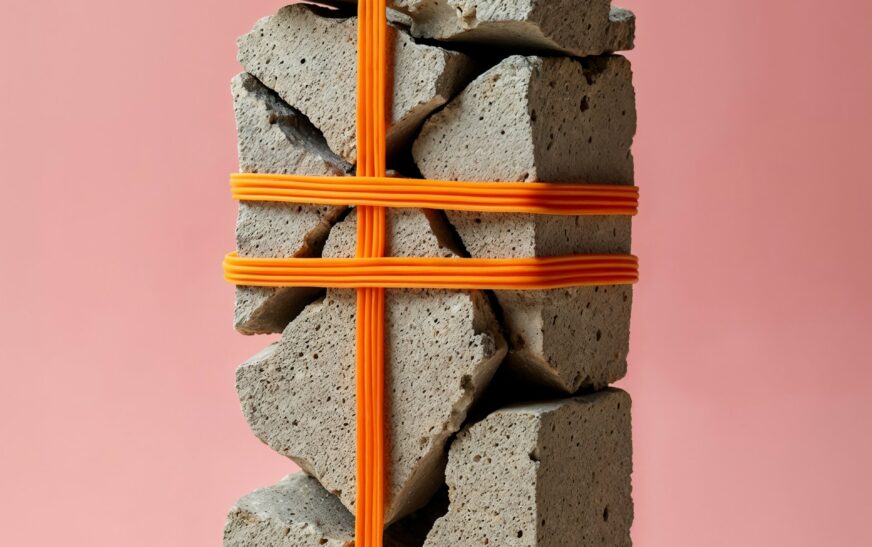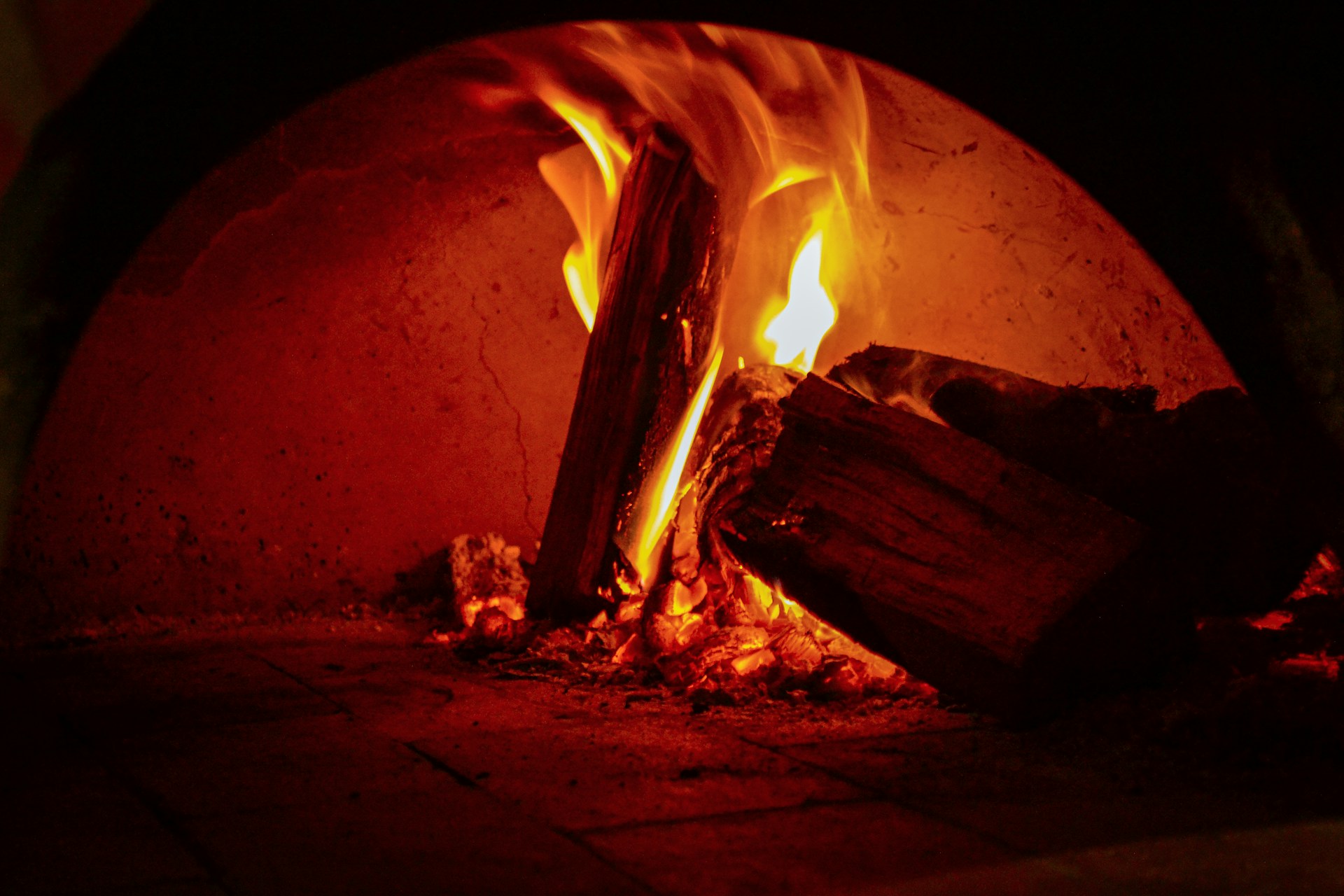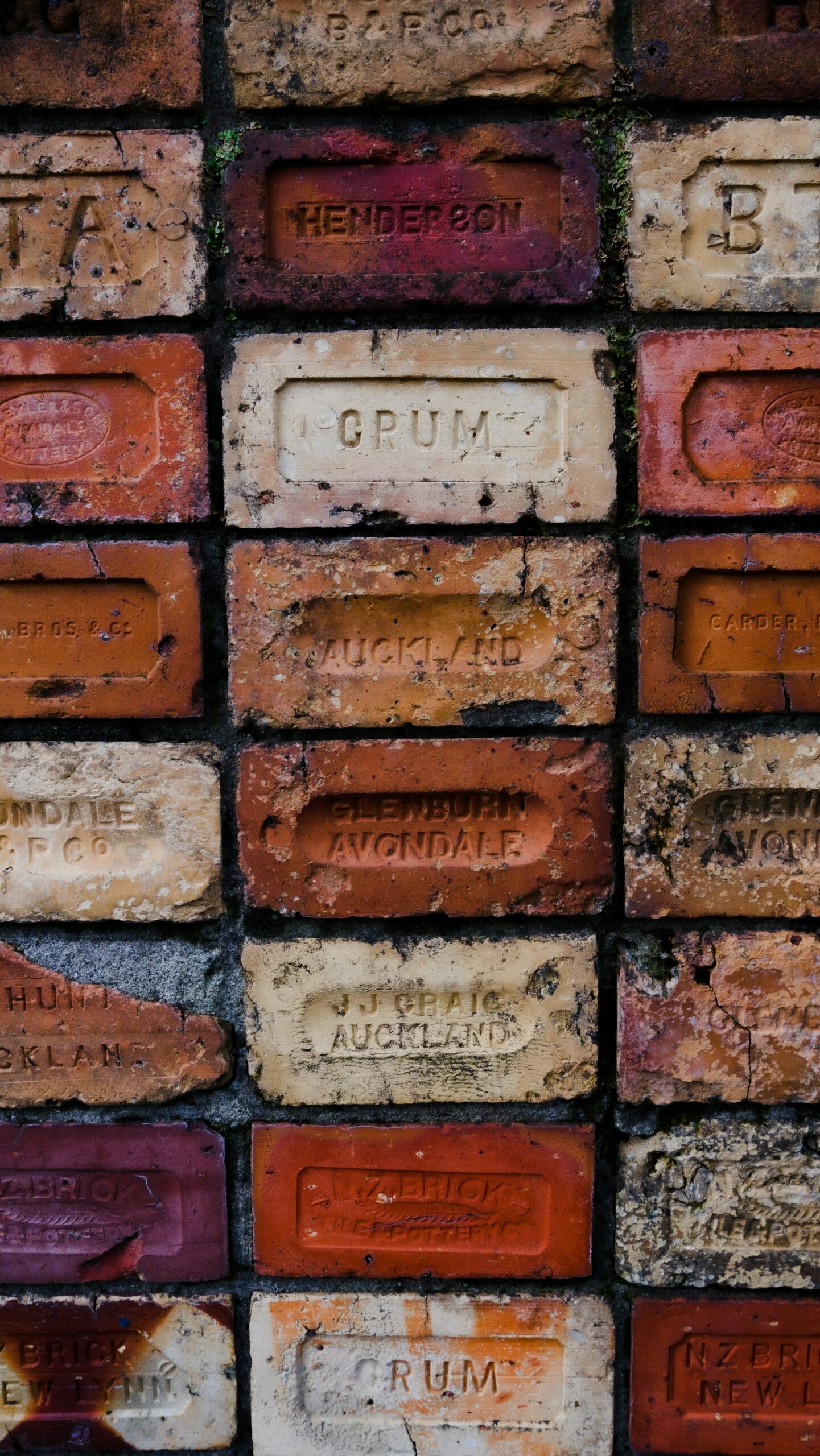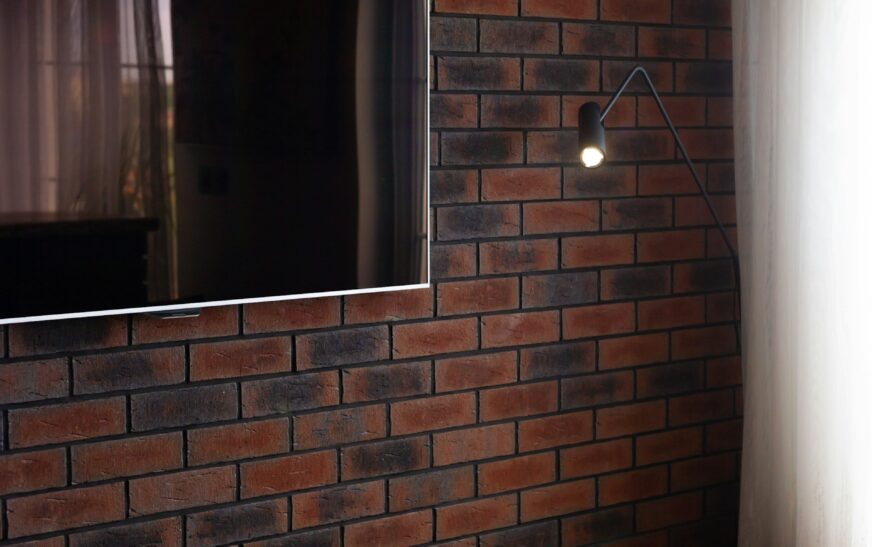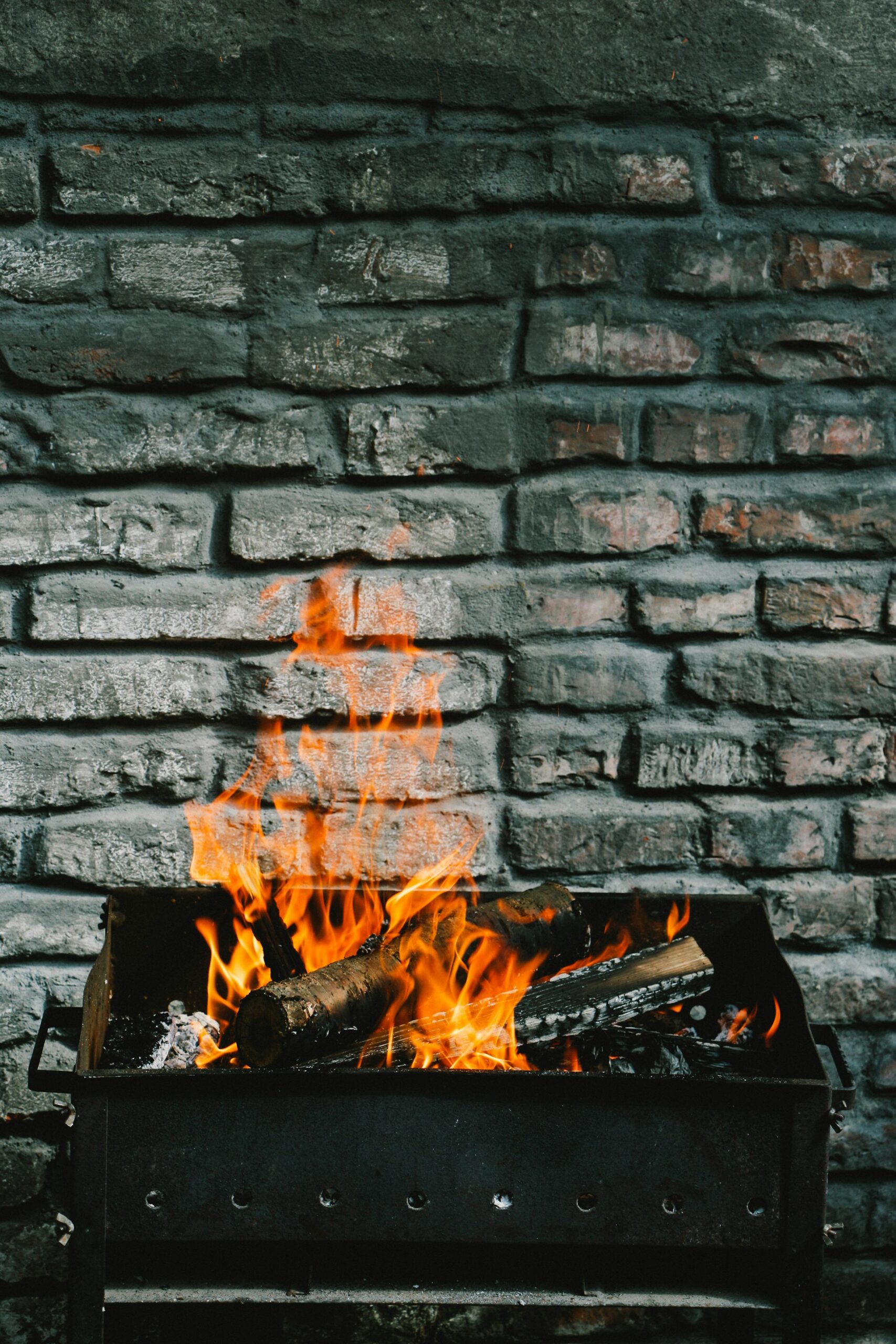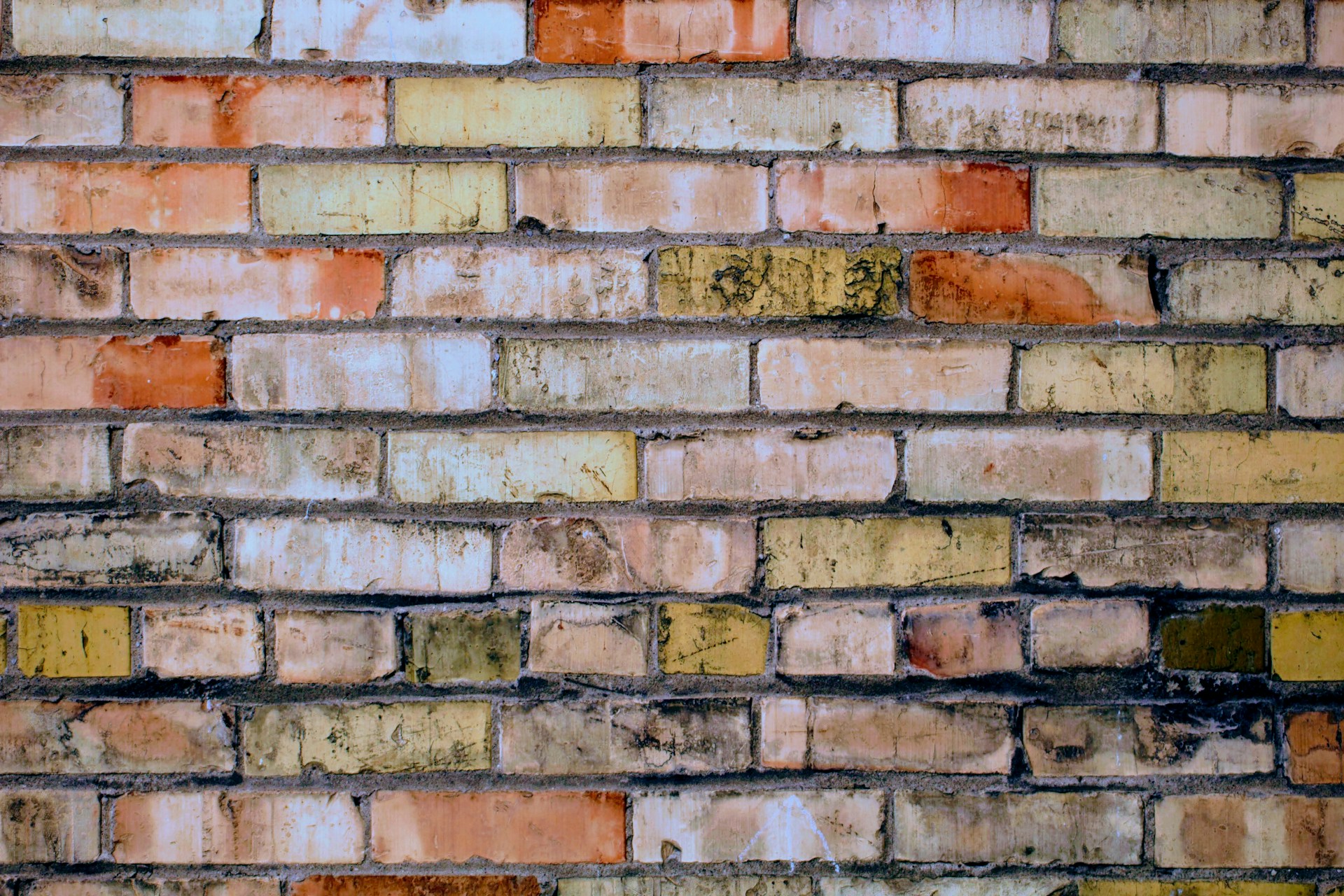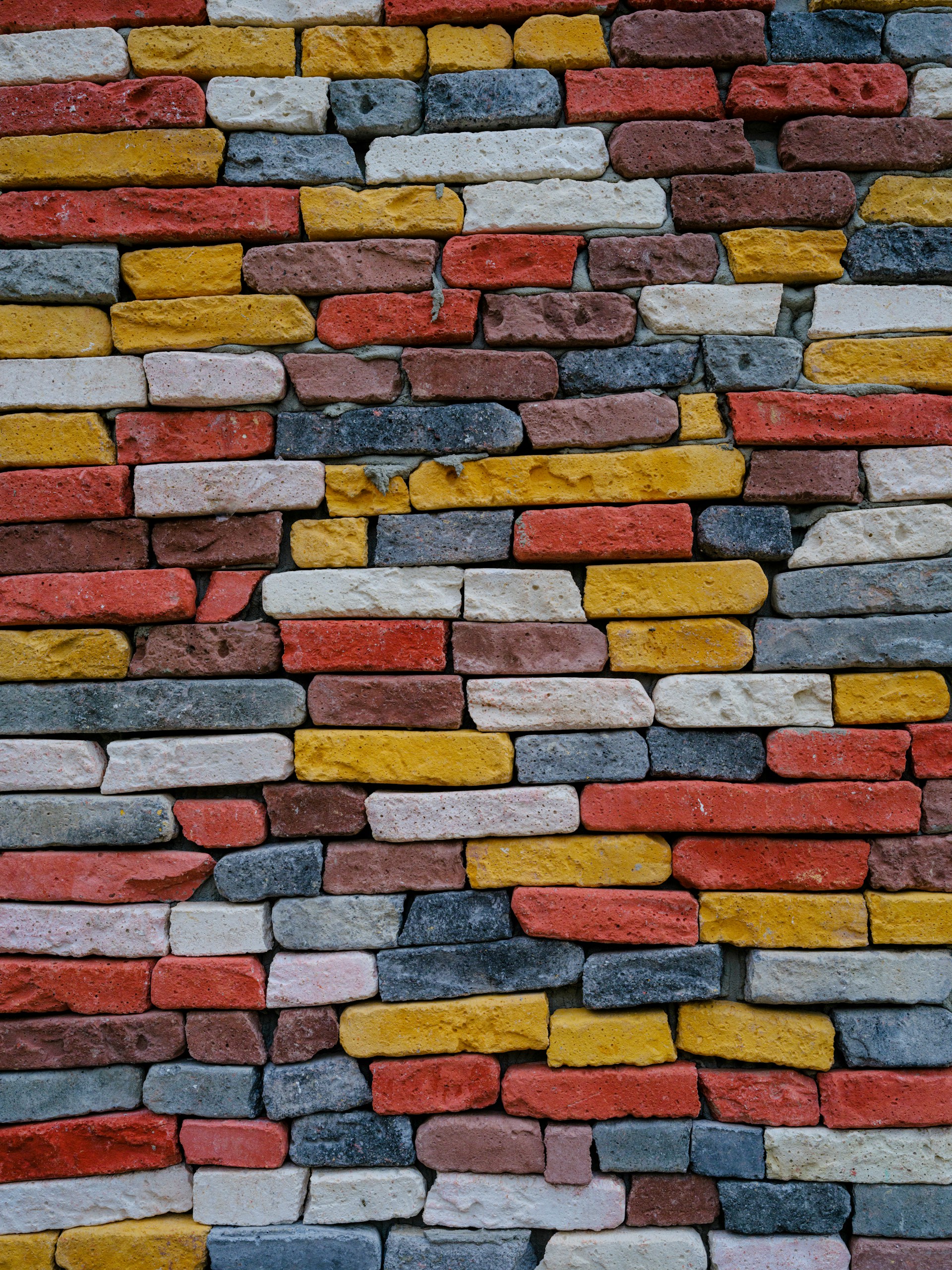At first glance, grog brick aggregate might sound like something a mason scribbled in a dusty supply catalog—or a term a potter mutters under their breath while digging through clay scraps. But don’t be fooled by the gritty name. Grog is actually a surprisingly versatile material, used in everything from ceramics and sculpture to high-heat applications and eco-conscious construction.
What Exactly Is Grog?
Before you start hunting for suppliers, it’s worth understanding what you’re looking for. At its core, grog is crushed, fired clay or brick, ground into a sand-like aggregate.
- Sometimes it comes from recycled bricks or old ceramic pieces.
- Other times, it’s specially fired clay that’s crushed to a consistent grit.
The result? A material with high thermal resistance, mechanical strength, and moisture-managing properties.
- For pottery: it strengthens clay bodies, reduces shrinkage, and helps prevent cracking during firing.
- For construction: it improves breathability, water management, and thermal mass in lime-based or earthen building techniques.
Think of it as a little secret ingredient that quietly makes things stronger, more durable, and just a bit smarter.
Who Uses Grog Brick Aggregate?
A wide range of people rely on grog:
- Ceramicists and potters – for sculpture, large pots, and hand-built forms.
- Refractory manufacturers – lining furnaces, kilns, and fireplaces.
- Green builders & architects – in lime mortars and plasters for durability and porosity.
- Educational institutions – for ceramics research and material science experiments.
- Artists – for texture in hand-building or raku firing techniques.
Basically, if it’s clay, heat, or sustainable construction, grog is often part of the conversation.
Where to Buy Grog Brick Aggregate
Here’s the good news: grog is out there. Where you get it depends on your project, quantity, and location.
- Specialty Ceramics Suppliers
- The go-to for artists and potters.
- Stock grog in multiple mesh sizes, either mixed into clay or sold loose.
- Pro tip: if you need clean, consistent grog with specific mesh sizes, this is your safest bet.
- Refractory & Kiln Supply Companies
- Serve foundries, blacksmiths, and glassworkers.
- Great for bulk purchases or high-temperature grog.
- They often carry alumina or firebrick grog, perfect for extreme heat.
- Recycled Material Yards & Eco-Centers
- Want grog with a low carbon footprint? Check architectural salvage yards or recycling centers.
- Great for earthen floors, lime plasters, or experimental clay bodies.
- Note: it’s less refined than commercial grog, but excellent for sustainable projects.
- University & Artisan Co-ops
- Some ceramics departments and local artist co-ops sell or share grog.
- Worth reaching out to your community if you need smaller quantities or bulk discounts.
- DIY: Make Your Own Grog
- Old bisque-fired clay or broken ceramics can be crushed, sieved, and reused.
- Gives full control over grain size and material origin.
- Safety first: always wear a respirator and work in a ventilated space—fine silica dust is no joke.
Read More : How to Attach Christmas Lights to Brick: A Practical, Damage-Free Guide for Holiday Enthusiasts
Things to Consider Before Buying
Not all grog is created equal. Keep these in mind:
- Mesh Size
- Fine grog (80 mesh) = smooth texture, ideal for throwing or slip casting.
- Coarse grog (20–40 mesh) = better for hand-building, sculpture, or thermal applications.
- Fired Temperature Compatibility
- Match the grog’s firing temperature to your clay or project. Under-fired grog can cause bloating or glaze defects.
- Cleanliness
- Construction-grade or recycled grog may have bits of lime, plastic, or metal. Fine for floors or walls, not so much for your pottery wheel.
- Color & Iron Content
- Brick-based grog often has high iron, giving a reddish tint.
- White-firing grog = neutral finish if that’s what you want.
Grog might sound obscure at first, but once you understand its purpose and sources, it becomes a fascinating, essential material for anyone working with clay, high-heat environments, or sustainable building projects.

